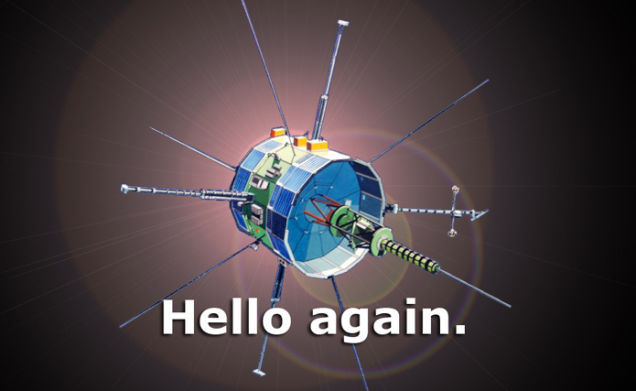A team of enthusiasts has successfully established a connection with the ISEE-3 space hardware after a 15-year freeze.

The ISEE-3, designed to study the magnetic field of the Earth, the solar wind, and then the comets, was launched in 1978. He successfully completed his mission in 1999 and has since been mothballed. Recently, a group of space enthusiasts agreed with NASA and successfully conducted a crowdfunding campaign to regain control of the satellite.
Yesterday, May 29, with the help of the huge radio telescope of the Arecibo Observatory, we were able to establish communication with ISEE-3 at a speed of 512 bits per second. In the coming days, the project team will receive telemetry data from the device. If all systems work normally, in the middle of June there will be a unique opportunity, turning on the unit’s engines for a short time (there must still be some fuel in its tanks), to use the moon’s gravitational field to change the satellite orbit and then continue working with it. To do this, you need to diagnose and download a new flight program. If this fails, ISEE-3 will be lost forever.

A transceiver for communication with ISEE-3 mounted above a 305-meter reflector of a radio telescope.
')
Source: https://habr.com/ru/post/224649/
All Articles